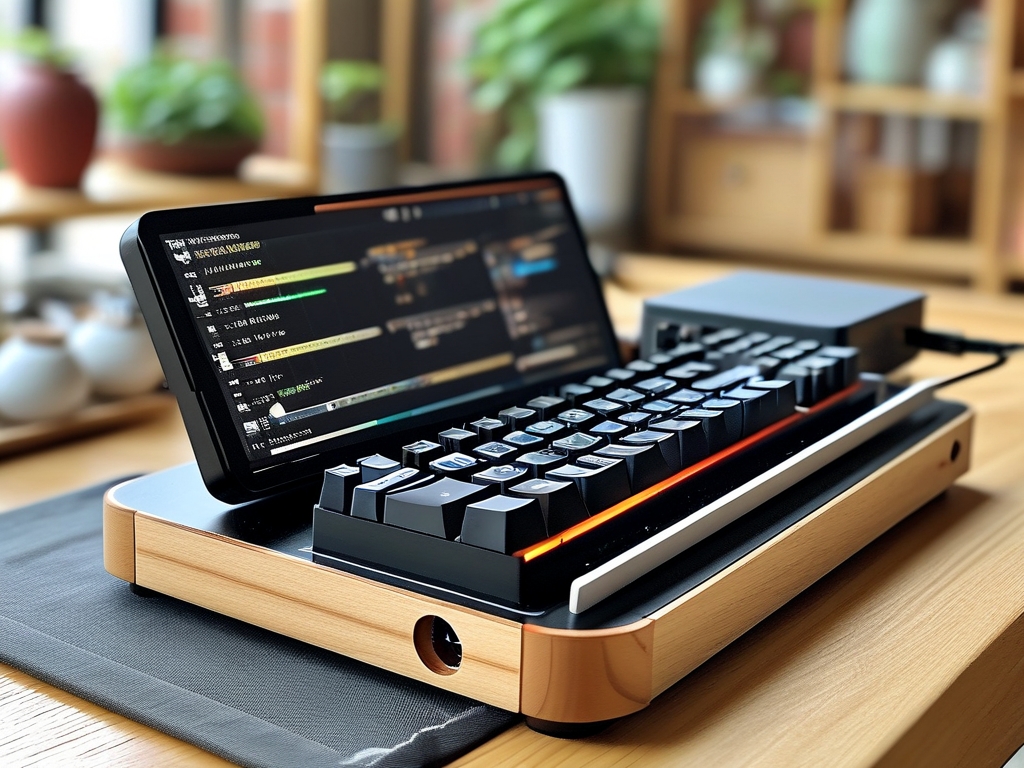Embedded development boards are critical tools for engineers, hobbyists, and businesses involved in IoT, automation, and smart device innovation. In Fuzhou, a city rapidly emerging as a tech hub in Southeast China, the demand for these boards has surged. However, understanding the pricing dynamics of embedded systems in this region requires a deep dive into local market trends, supplier networks, and technological specifications. This article explores the key factors influencing the cost of embedded development boards in Fuzhou and offers insights for buyers seeking value-driven purchases.

1. Market Overview of Embedded Systems in Fuzhou
Fuzhou’s tech ecosystem thrives on its manufacturing capabilities and proximity to hardware suppliers. The city hosts numerous electronics markets, such as the Fuzhou Changle International Electronics City, where embedded development boards are widely available. Prices here range from ¥200 to ¥5,000+, depending on the board’s complexity. Entry-level boards like the Raspberry Pi Pico or ESP32-based systems dominate the lower end, while high-performance boards like NXP i.MX or Xilinx Zynq cater to industrial applications. Local vendors often source components from nearby provinces like Guangdong, reducing logistics costs and enabling competitive pricing.
2. Key Drivers of Pricing
a. Hardware Specifications
The most significant price determinant is the board’s technical specs. Processors (e.g., ARM Cortex-M vs. Cortex-A), memory (RAM/flash storage), and peripheral support (GPIO, ADC, Wi-Fi/Bluetooth) directly impact costs. For instance, a basic STM32-based board with limited I/O may cost ¥300–500, while a multi-core RK3566 board with 4GB RAM and AI acceleration can exceed ¥2,500.
b. Brand vs. Local Brands
International brands like Arduino, Raspberry Pi, and NVIDIA Jetson command premium prices due to their software ecosystems and reliability. A Raspberry Pi 4B (4GB) typically sells for ¥450–600 in Fuzhou. In contrast, locally produced boards, such as those from Fuzhou-based manufacturers like Loongson or ChipSEA, offer similar specs at 20–30% lower prices (e.g., ¥350–500 for a quad-core ARM board).
c. Supply Chain Efficiency
Fuzhou’s integration into the Pearl River Delta supply chain network ensures swift access to components. This efficiency reduces production delays and overheads, enabling vendors to price boards competitively. However, global chip shortages occasionally cause price spikes—for example, STM32F4 series boards saw a 15–20% price hike in 2023 due to microcontroller shortages.
3. Local vs. Online Purchasing: A Cost Comparison
While physical stores in Fuzhou provide immediate availability and hands-on testing, online platforms like Taobao, JD.com, and 1688.com often undercut local prices. Sellers on these platforms benefit from lower overheads and bulk purchasing. For example, a Seeed Studio Grove Beginner Kit retails for ¥320 locally but can be found online for ¥280–300. That said, buyers risk counterfeit products or delayed shipping when opting for online deals.
4. Customization and Bulk Orders
Businesses requiring tailored solutions often collaborate with Fuzhou-based OEMs. Customizations like additional sensors, extended temperature tolerance, or proprietary firmware add 10–50% to base prices. Bulk orders (50+ units) typically secure discounts of 8–15%, making Fuzhou a viable sourcing destination for startups and enterprises.
5. Future Trends Affecting Prices
The rise of RISC-V architecture and open-source hardware is poised to disrupt Fuzhou’s embedded board market. Local manufacturers are experimenting with RISC-V-based designs, which could reduce reliance on licensed ARM cores and lower production costs. Additionally, government subsidies for semiconductor projects in Fujian Province may further stabilize prices by 2025.
Navigating Fuzhou’s embedded development board market demands balancing technical needs, budget constraints, and supplier reliability. While international brands offer robustness, local alternatives provide cost-effective solutions without compromising performance. By staying informed about supply chain trends and leveraging bulk purchasing, buyers can optimize their investments in this dynamic tech landscape.

